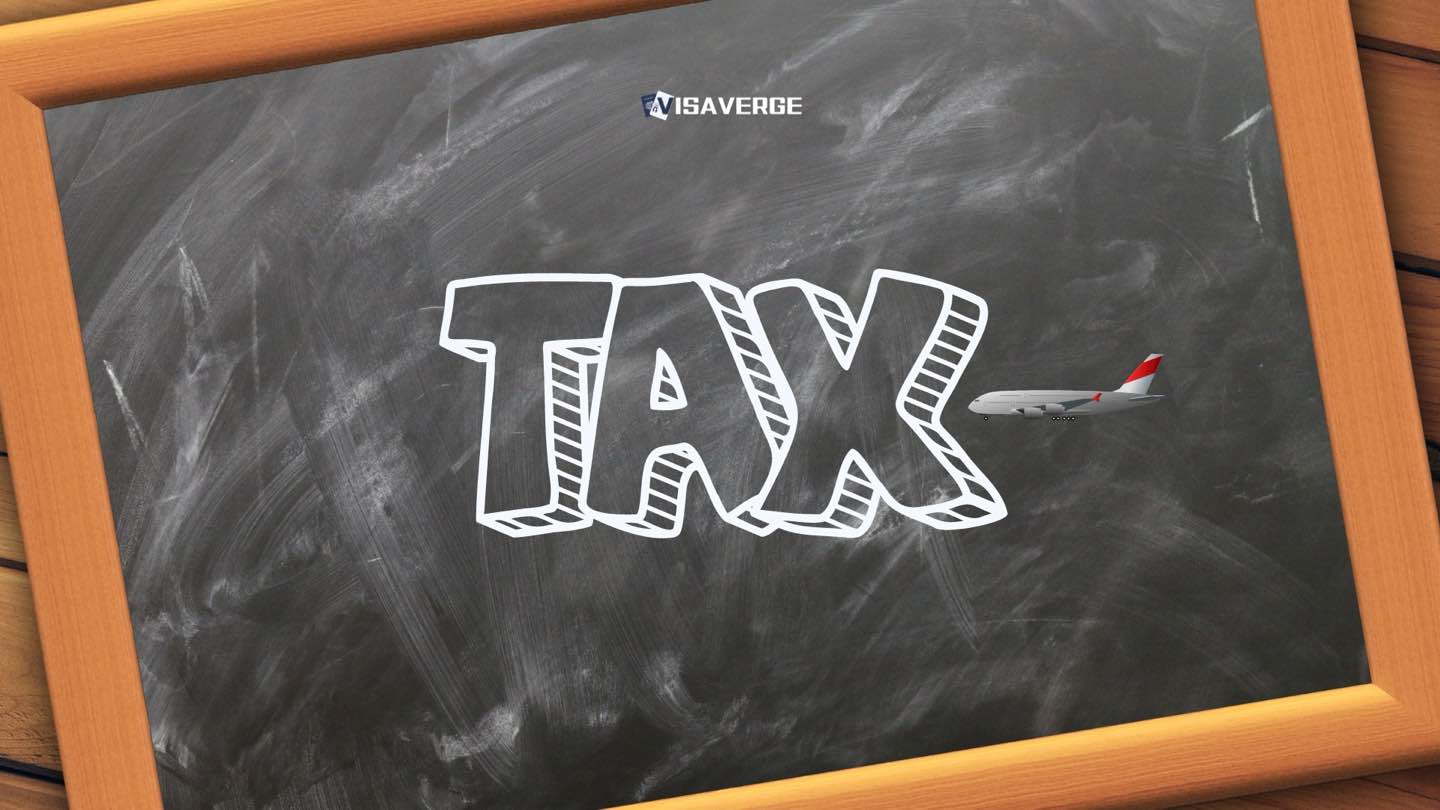Understanding the India-US Tax Treaty: A Guide for NRIs
The USA is currently home to a significant number of Non-Resident Indians (NRIs) and Persons of Indian Origin (PIOs), totaling nearly 1.28 million NRIs and 3.18 million PIOs. This substantial diaspora represents a unique category of taxpayers who often face the complexities of cross-border taxation, especially when it comes to passive income such as interest from bank deposits, dividends from investments, or returns from business ventures in India. For those earning above the tax-free threshold of 2.5 lakhs, the intricacies of tax filings become a reality they cannot ignore. But how do the tax rules, rates, and exemptions for NRIs differ from those for Indian residents? Let’s delve into the nuances of NRI taxation and the benefits of the India-US Tax Treaty.

What Determines Your Tax Residency Status?
The cornerstone of understanding your tax obligations in both India and the USA lies in determining your tax residency status. The criteria set by India and the USA might lead you to be a tax resident in both countries simultaneously, which could result in double taxation. However, the India-US Tax Treaty comes into play here, offering a safety net through residency tie-breakers, tax credits, and exemptions.
In India, your residency status for tax purposes is categorized as ‘ordinarily resident,’ ‘not ordinarily resident,’ or ‘non-resident,’ based on the duration of your stay in India during a financial year. According to Section 6 of the Income Tax Act, you’re considered a tax resident if you stay in India for 182 days in a year. Meanwhile, most NRIs working in the USA maintain their non-resident status by ensuring their visit to India does not exceed 181 days.
Furthermore, the Finance Act of 2020 brought amendments where Indian citizens earning more than INR 15 lakhs from sources in India will be considered tax residents if their stay exceeds 120 days in a year and 365 days over the preceding four years, provided they aren’t taxable in any other country.
Taxable Income for NRIs in India
Understanding what qualifies as taxable income is pivotal for NRIs. Essentially, taxable income for NRIs comprises all income generated, received, accrued, or deemed to be generated or received in India. This includes:
– Salary related to services provided in India.
– Income from property or business ventures in India.
– Capital gains on transfer of assets in India.
– Income from other sources like dividends, mutual funds, and interests.
It’s worth noting that interests received on Non-Resident External (NRE) and Foreign Currency Non-Resident (FCNR) accounts are tax-exempt, whereas those from Non-Resident Ordinary (NRO) accounts are taxable.
How NRIs Benefit from the US-India Tax Treaty
The US-India Tax Treaty, a Double Taxation Avoidance Agreement (DTAA), is a beacon for NRIs facing the potential ordeal of double taxation. It provides the much-needed framework to prevent being taxed twice on the same income in India and the USA, offering significant benefits like relief from double taxation and reduced tax rates on certain incomes. Non-residents have the option to choose between IT slab rates or treaty rates, opting for the lower of the two.
For instance, while income from Indian sources could be taxed at up to 39% for NRIs as per income slab rates, the treaty caps such taxation at 20%. It also enables NRIs to claim tax credits in the USA for taxes paid on income earned in India, easing the overall tax burden.
To avail of these benefits, NRIs need to furnish specific documents, including a tax residency certificate (TRC), Form 10F, and a non-permanent establishment (PE) declaration. This documentation substantiates their eligibility, paving the way for a smoother tax filing process.
Are There Downsides to the US-India Tax Treaty for NRI Taxpayers?
While the treaty primarily serves to cushion NRIs from the pitfalls of double taxation, certain scenarios might lead to a preference for local tax rates over treaty stipulations. A case in point is dividend income from Indian companies, which is taxed at 20% according to the Income Tax Act but rises to 25% under the treaty. In such instances, opting for local rates could be more beneficial for NRI taxpayers.
As NRIs navigate the maze of cross-border taxation, awareness and understanding of the India-US Tax Treaty emerge as powerful tools in optimizing their tax liabilities and maximizing the potential benefits. Whether it’s leveraging the reduced tax rates or availing of tax credits, making informed choices can significantly alleviate the tax burden for NRIs.
Additional Resources
For NRIs seeking further guidance on taxation or visa-related matters, exploring additional resources can provide clarity and in-depth information. Check out the following for more insights:
- ITAT Decision Exempts Overseas Income from Non-Resident Taxation in India
- Can H-1B Visa Holders Hire a CA for Tax Filing?
- Korean Salaried Workers’ Tax Burden Grows amid Worker-Friendly Policy Debate
Navigating the complexities of NRI taxation in relation to the India-US Tax Treaty can indeed seem daunting. However, with the right information and resources, NRIs can effectively manage their tax liabilities, ensuring compliance and making the most of the financial benefits available.
This Article In A Nutshell:
The India-US Tax Treaty aids Non-Resident Indians in navigating dual taxation complexities, offering relief and reduced tax rates. Understanding residency rules, taxable incomes, and treaty benefits is crucial for NRIs. While treaty rates provide advantages, knowing when local rates are more beneficial is equally essential for optimizing tax obligations effectively.













